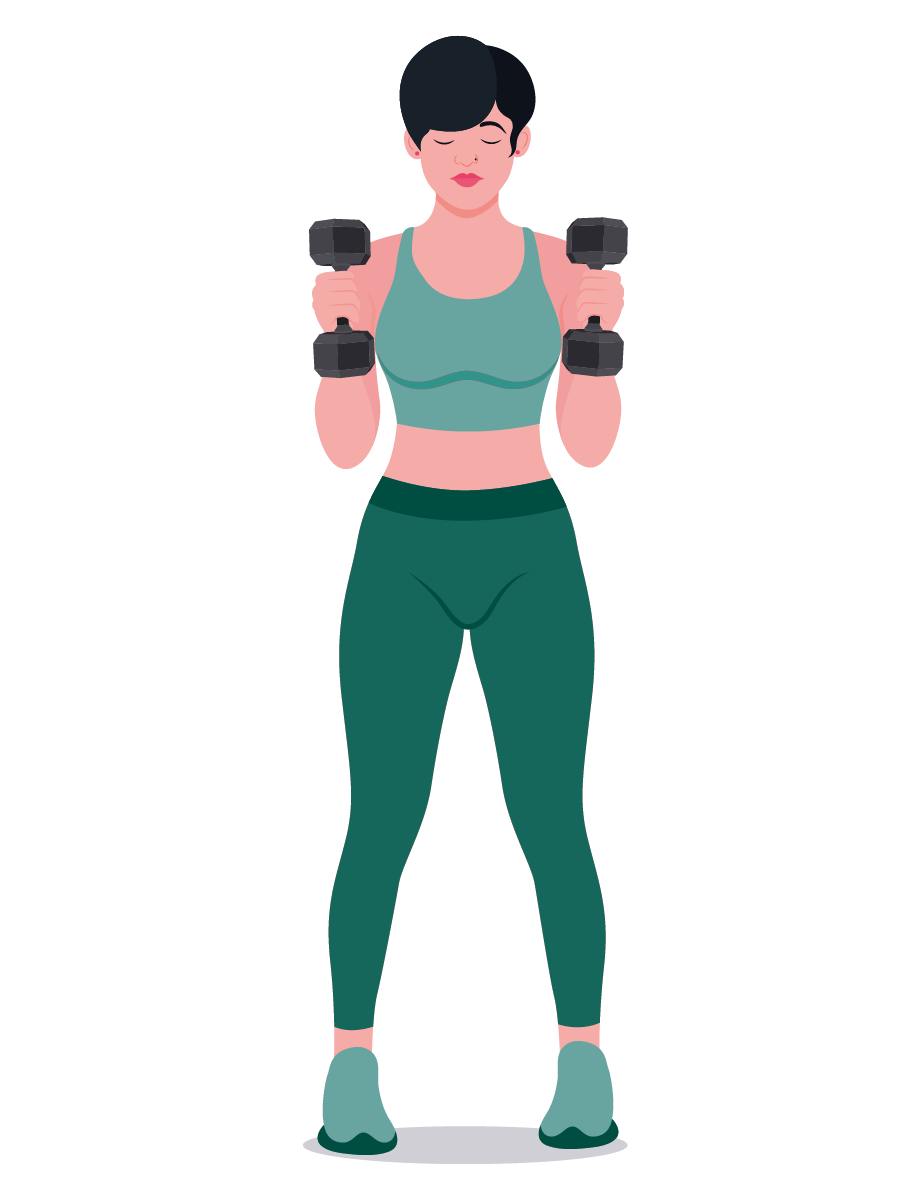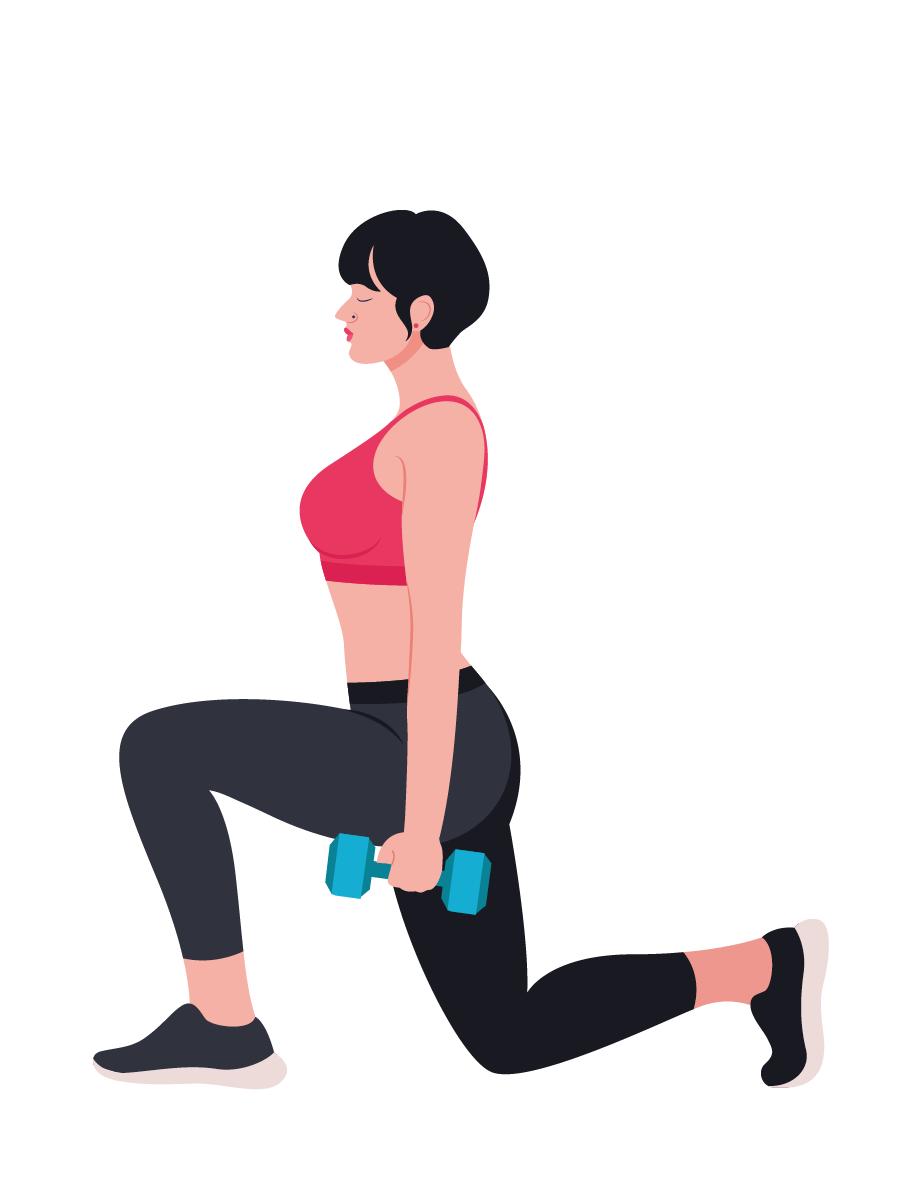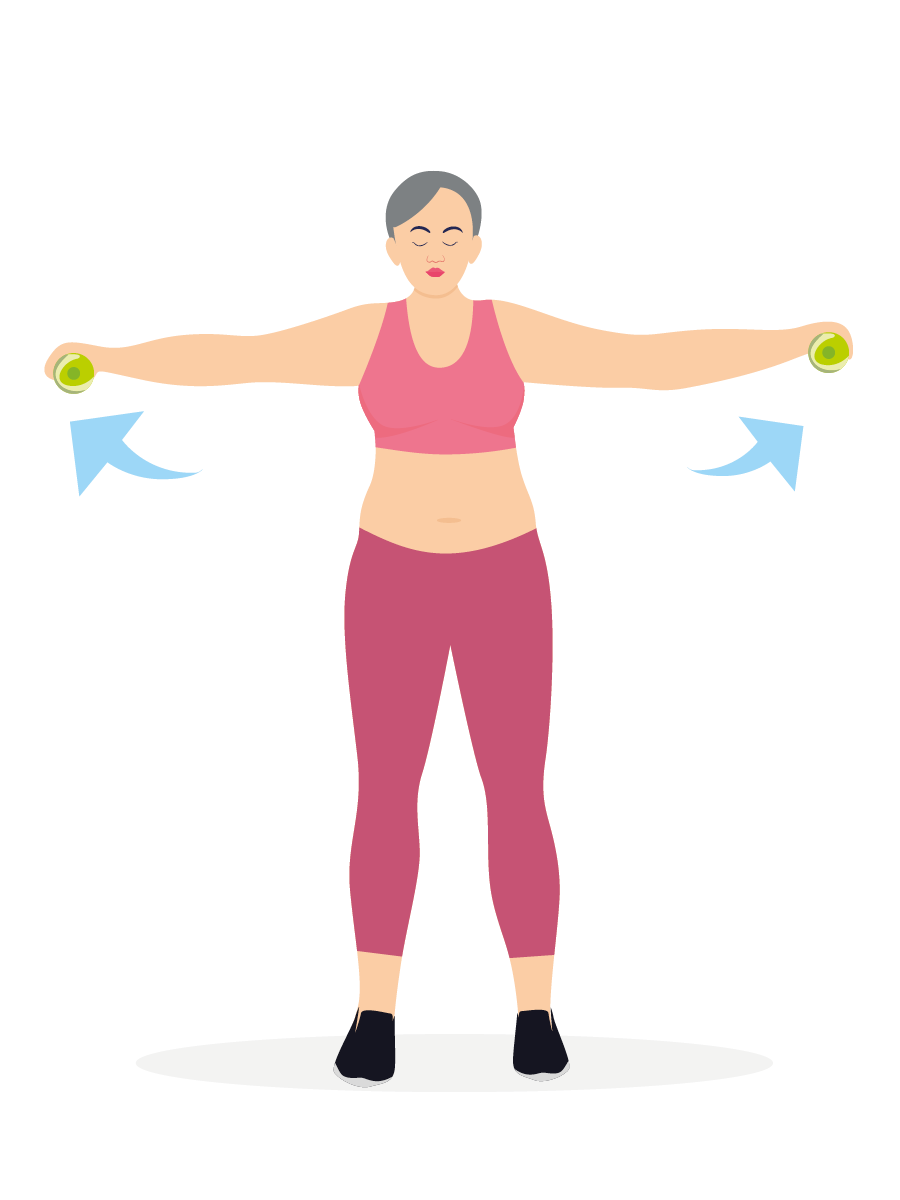Weighty issue
Strength training has benefits for all, whatever your age, explains Susan Swarbrick

Picture yourself walking into a gym. Where do you go first? Perhaps you make a beeline for the treadmill or the elliptical trainer? Maybe you are a fan of the static bike or the rowing machine. But wait, aren’t we forgetting something? The weights section.
Among the myths that persist around fitness and exercise, the oft trotted out fable that “lifting weights will make you big and bulky” is arguably one of the most unhelpful. Weights have long been given a bad rap, seen as the domain of gym posers with buff muscles showcased in tight-fitting vest tops. Yet the myriad benefits of lifting weights – also known as strength training – can be potentially life-transforming for everyone.
We are talking about a stronger and healthier heart, increased bone density, lower blood sugar and a reduced risk of diabetes, as well as boosting metabolism and making us feel better overall1.
The lingo around this form of workout can be confusing, with some conflicting terminology or quibbling over semantics. In its simplest and broadest terms, strength training requires the muscles to work against a weight or force. This includes utilising a mixture of free weights, weight machines and your own body weight in exercises.
Use it, don't lose it
First, let’s get down to brass tacks. It is well documented that muscle mass decreases from our early thirties – a prime example of the adage “use it or lose it”. Age-related muscle loss, known as sarcopenia, is a natural part of growing older. Research suggests that muscle mass decreases by as much as 3–5% per decade from the age of 302, accelerating to about 15% per decade from the age of 703.
That doesn’t need to be a given. Regular strength training can slow and reduce the progression of age-related muscle loss. Numerous studies have shown it can also improve balance, flexibility and coordination, something that becomes particularly important as we grow older.
Down the line most of us would hope to be able to get in and out of an armchair unassisted, ditto going
to the loo and being able to dress ourselves. Add a big tick for functional independence to the
list of boons that come from this kind of workout4. Similarly, bone loss – which can lead to osteoporosis and an increased risk of fractures – happens at an average rate of 1% per year after the age of 40, but there is strong evidence that strength training can help slow this decline5.
For women, it can prove a particularly useful tool in battling the side effects of perimenopause and menopause that are caused by dropping levels of oestrogen. This includes helping reduce the risk of osteoporosis, heart issues and weight gain6.
It could be argued that many lingering misconceptions and popular culture tropes about exercise stem from the 1980s and 1990s, when leotard-wearing, headband-clad fitness bods such as the Green Goddess and Mr Motivator ruled the TV airwaves. Cardio was considered king and high-energy aerobic workouts hailed as the best way to “shed pounds” and “get in shape”, with “no pain, no gain” and “sweat it out” among the memorable mantras.
Weights, meanwhile, were seen as something for those coveting Popeye-style muscles. And never the twain shall meet, with the upshot that strength training and bodybuilding were often viewed through the same prism, despite their distinct differences (chiefly, the latter being largely centred around aesthetics rather than function).
Myth busting
Worrying about bursting out of your clothes like the Incredible Hulk or sending the needle on the bathroom scales headed in the wrong direction after a few sessions lifting weights remain common fears. As any actual bodybuilder will tell you, having the “ripped” or “shredded” physique of a Gladiators star or a heyday Arnold Schwarzenegger requires extremely low body fat, a very specific diet and other strict lifestyle components to tweak body composition that lifting weights alone can’t achieve.
Another misconception is that “muscles turn to fat” if you stop training regularly. The reality? Muscles grow as you exercise. If you stop, they can shrink in size and appear less defined. But muscle will never turn to fat or vice versa – that is scientifically impossible because they are two different tissue types7.
So why don’t more people lift weights or follow a strength training programme? Some of the biggest barriers cited include pressures of time, lack of knowledge regarding techniques and access to equipment. The beauty of this type of workout is the simplicity and adaptability.
So, what are you waiting for? Give it a go.

Easy to pick up
Strength training doesn’t need to be expensive: it is possible to buy dumbbells (short bars with weights on each side, typically used in pairs), a barbell (a long metal bar that different-sized weights can be attached to) or kettlebells (ball-shaped weights with a handle at the top) fairly cheaply.

Training can take different forms. Compound exercises use more than one muscle group at
a time. For example, when doing squats our quads, glutes, hamstrings and calves are all pressed into action. These are the muscles used in sitting, standing up and bending down. Meanwhile, single-leg work – such as lunges, step-ups and calf raises – can help to hone balance, stability and coordination. All these exercises can be done without weights initially as you practise technique. Then, as you grow in confidence, weights can be incorporated.

The key is to choose a weight sufficiently heavy to tire your muscles. As long as you take the muscle to fatigue – meaning you can’t do another repetition – then you are doing the work necessary to make it stronger.

Regular strength training can complement other fitness pursuits, such as running and cycling. Benefits include building muscular endurance and power, as well as improving economy, efficiency and a delayed point of fatigue. It can also enhance everyday activities, be it carrying the shopping home from the supermarket without your arms turning to jelly, lifting a suitcase into the overhead storage on planes with ease or opening a jar of olives without breaking a sweat.

|
References 1. britishweightlifting.org/start-lifting/benefits-of-lifting-weights 2. www.health.harvard.edu/staying-healthy/preserve-your-muscle-mass 3. www.bda.uk.com/resource/addressing-sarcopenia.html 4. www.health.harvard.edu/exercise-and-fitness/age-and-muscle-loss 5. www.health.harvard.edu/staying-healthy/slowing-bone-loss-with-weight-bearing-exercise 6. www.bupa.co.uk/newsroom/ourviews/strength-training-menopause 7. britishweightlifting.org/start-lifting/benefits-of-lifting-weights |

